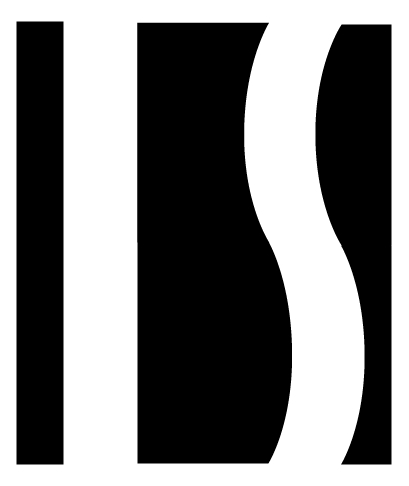I could never have predicted my the summer of 2020 for many reasons. Philadelphia shutdown in mid March. I was in the second semester of my MFA program at Tyler School of Art and Architecture. Right before everything shutdown I had found out that a ceramics conference that I had an exhibition in was canceled. I had been preparing and organizing this show for months now and I was exhausted. Going home and not knowing when things would be back to normal, left me a little disoriented but also a little relieved. I had been putting in so much time at the studio I needed a break mentally and physically.
Moving into the new normal of isolation, I began using photography as my creative outlet. I would go on walks around my neighborhood and take pictures of graffiti, train tracks, flowers, abandoned buildings, and anything else I was drawn to. I had just taken my first photography class at school and by the end of the semester I felt I was starting to take pictures I was really excited about. Then on May 25th George Floyd is murdered in Minneapolis and protests start to break out all over the US. On May 30th I went to the first protest in Philly and brought my camera so I could document what I saw that day. After that day, I knew that I had to keep going out to document more of the uprising. I witnessed a cop car burning, police in riot gear, protesters tagging “justice for Floyd” on walls, and an energy running through the people that I had never felt in a protest before. I knew looking around the country and what I saw taking place in Philly was historic.
While covering the protests I have been teargassed, witnessed peaceful protesters get trapped and brutalized by police on I-676, 100,000 citizens march through the streets, the national guard occupy center city, and black youth lead a new movement of resistance. I have had the privilege to capture all of it and tell those stories through my art. I found my place in the march as someone who can amplify the voices of the people beyond one march or one moment. I think to James Baldwin and how he described his place in the civil rights movement as a witness. He was able to bring the stories of the “actors” in the movement to the public through his writing. When I got the opportunity to be featured in the New Yorker Magazine, I felt so honored to be recognized for my work as a photographer but I felt more grateful to use my role as witness to spread the story of the movement in Philly around the country and the world. It was a humbling experience and as I continue the role of witness in this radical movement for black lives, I hope that I am able to communicate the humanity and the love that is so powerful among the people who are participating.
Follow my photography work on instagram: @thisisphotography2020
